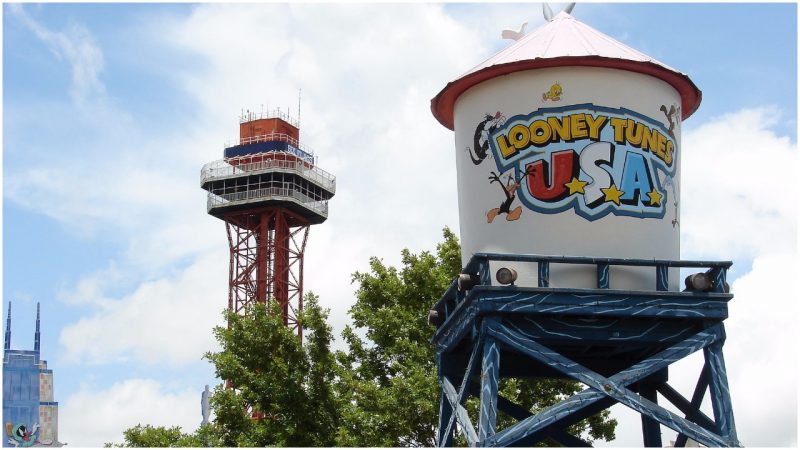Although the Golden Age of cartoons produced many beautiful drawings and characters, it also left an ugly ink stain in history with some controversial pieces that were dominated by offensive racial stereotypes. Many of those cartoons were made as a form of propaganda during WWII, but they spread a terrible message to kids then and now, which is why some cartoons were completely banned from broadcasting or were severely censored.
Many of these cartoons were made in the form of short gags, but there is nothing more indicative of the passing of time as style of humor. Something that was considered amusing ages ago evokes a totally different emotion today.
Among those offensive cartoons produced between the early 1930s and the mid-1940s, there are eleven that were so distasteful that they were even put on a special list called the “Censored Eleven.” So, what kind of cartoons were they and why were they forbidden?
Back in 1969, the film company United Artists obtained the entire Warner Bros. movie and cartoons library from 1928 to 1949 for around $20 million. This library contained all the Looney Tunes and Merrie Melodies cartoons made in this era.
When United Artists sat down to review what they bought, they were confronted with WB cartoons full of terrible racial stereotypes. The officials at the company directed that the more problematic cartoon shorts should be edited so that all of the stereotypical jokes and images would come out. Among those cartoons were 11 that were beyond “repair” and UA decided to take them out of the market entirely.
The Censored Eleven list contains the following cartoons: Hittin’ the Trail for Hallelujah Land (1931); Sunday Go to Meetin’ Time (1936); Clean Pastures (1937); Uncle Tom’s Bungalow (1937); Jungle Jitters (1938); The Isle of Pingo Pongo (1938); All This and Rabbit Stew (1941); Coal Black and de Sebben Dwarfs (1943); Tin Pan Alley Cats (1943); Angel Puss (1944); Goldilocks and the Jivin’ Bears (1944).
Cartoons and movies from this era are often censored and edited by later editors. The intent is to cut out the racist jokes, the violence, and the scenes which contain smoking, drinking alcohol, or self-harming. For example, in a Tom and Jerry short called Mouse Cleaning (1948), a car exhaust explosion makes Toms’s face black. Then Mammy Two Shoes comes and without recognizing him, asks him whether he’s seen a cat passing by and Tom replies in a stereotypical African-American dialect. Removing this “joke” required only a small intervention, but the problem with the cartoons mentioned above is that they were so full of offensive material that they had to be completely left purged.
A typical example is the one called Coal Black and de Sebben Dwarfs (1943), a parody of Disney’s Snow White that contains only black characters.
The largest number of controversial cartoons belongs to a famous cartoonist of the time. Four of the Censored Eleven cartoons were made by Friz Freleng, the animator who introduced some of the most famous cartoon characters in the world (Bugs Bunny, Porky Pig, Tweety Bird, Sylvester the Cat, Yosemite Sam, and Speedy Gonzales). Three belong to Tex Avery, another famous animator; two were made by Bob Clampett; and Chuck Jones has only one, as does Rudolf Ising.
Most of the Censored Eleven cartoons can now be found on bootleg DVDs, while some of them (Hitting the Trail for Hallelujah Land, Uncle Tom’s Bungalow, Jungle Jitters and All This and Rabbit Stew) now belong to the public domain and can be seen on the Internet.
In later years, cartoon collections were made that include some offensive material, but with a different approach. In a collection called “Looney Tunes Golden Collection: Volume 3,” there is a foreword by actress Whoopi Goldberg in which she tells the viewers about the offensiveness of some of the cartoons. She later condemns the stereotypes but reminds us that those cartoons are part of history and as such, they cannot be forgotten.
The next compilation in this series, “Looney Tunes Golden Collection: Volume 4,” repeats this message on a gold card. The card also explains that editing out the racist elements is the same as denying that racism existed in this era and that that is perhaps worse than showing them. With this said, we can conclude that remembering the past is of utmost importance because, as it has been said, those who do not remember the past are condemned to repeat it.
